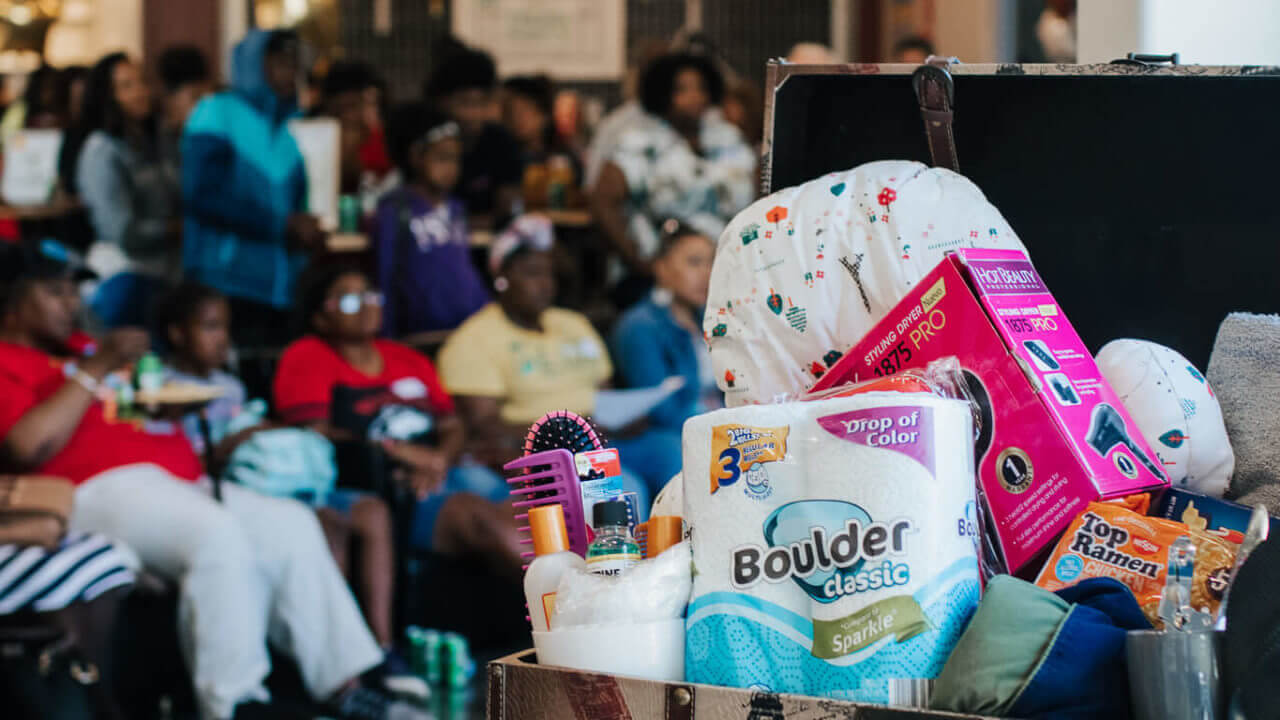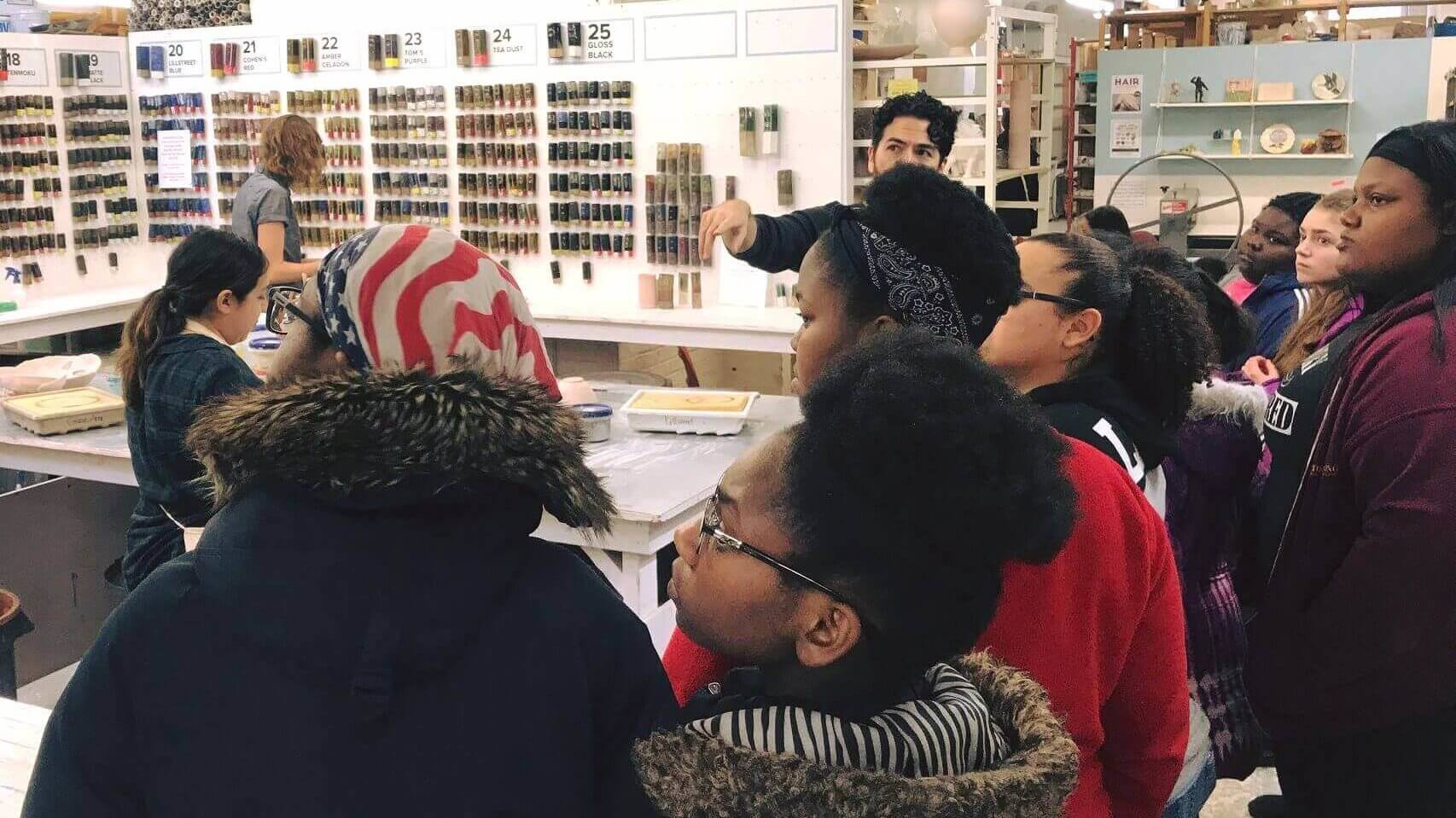On Wednesday nights, hours after the school day has ended, several volunteers and middle school students gather in a Breakthrough classroom for Robotics 101. “It’s not a class in a school,” said volunteer instructor Luke Shepard. “It’s a unique selection of motivated, incredibly smart kids who come here on a weekday night and work on robots.”
Luke, a software engineer who previously led engineering teams at Facebook and Amazon, is in his fourth year of teaching the program for middle school students. He enjoys watching participants grow from wide-eyed fourth-graders, filled with the anticipation of driving a robot, to leaders as seventh and eighth graders.
“Personally, I learned how to code in middle school because I had access to a computer,” Luke shared. “It has been an enormous game changer for my life. I think every kid should be able to explore and find their passion and have the opportunity to achieve it, engineering or not.”
Students who participate in Robotics 101 in the winter and 201 in the spring are eligible to participate in the robotics team, which competes at the regional level and, in years past, has competed at state.

But it’s not just about the robots. The thing that often attracts kids is the programming and the prospect of driving a robot, Luke said, but there’s also a scientific project component.
Last winter, the theme for the project was cities and how to improve your neighborhood. The students developed a backpack – designing it, pricing it, and filling it – to be a useful resource for individuals experiencing homelessness. They talked to experts like Breakthrough staff. They also served a meal at Breakthrough’s Women’s Center, giving students an opportunity to share their prototype.
Seventh-grader Xohie, a participant in Robotics 101, 201, and last year’s competitive team, reflected on her favorite part of the project, sharing, “You can care for people, because when we went to the women’s shelter, we cooked for the women there and talked about the program. We talked to them and really connected. We tried to help them by making a backpack.”
In previous years, students worked on entirely different themes, like designing a tool to help NASA improve space flight. Another group studied the human water cycle and created a water filter.
One of the goals of the project is to build connections with professionals and expose students to broader career options. “The project requires them to talk to experts and get feedback from professionals in the field,” said Luke. “For the space one, they talked to people working at NASA. This fall, we talked to an architect, someone who is an expert.”
Khalis, an eighth-grader who also participated in 101, 201, and the competitive team, has aspirations of becoming a clothing designer. After a short pause, she added, “Also, an architect.”
The project helps shape the mindset students bring to the field of engineering, as they apply their skills to challenges. Though, regardless of their paths, skills like public speaking, project organization, seeking feedback, and working as a team are universally applicable.
Reflecting on her experience in the robotics program, Khalis said, “My favorite thing about robotics is the teamwork, us doing it as a team.”
Author
-

Breakthrough partners with people to build connections, develop skills and open doors of opportunity.
Related Posts
August 5, 2019
Community-Wide Trunk Party Supports College-Bound Students
With the support of donors and volunteers, Breakthrough hosted a Trunk Party on Saturday, Aug. 3.
July 6, 2019
Breakthrough Trunk Party Supports Local College-bound Students
Breakthrough Trunk Party is supporting local college-bound students.
March 8, 2018
Breakthrough Students Experience Chicago
Breakthrough students are on the move! Through the London Johnson Arts and Technology Academy, students had the chance to explore Chicago through culinary arts and ceramics with fields trips to Inspiration Kitchens and the Lillstreet Art Center.
London Johnson Arts & Technology AcademyEducation & Youth Development




